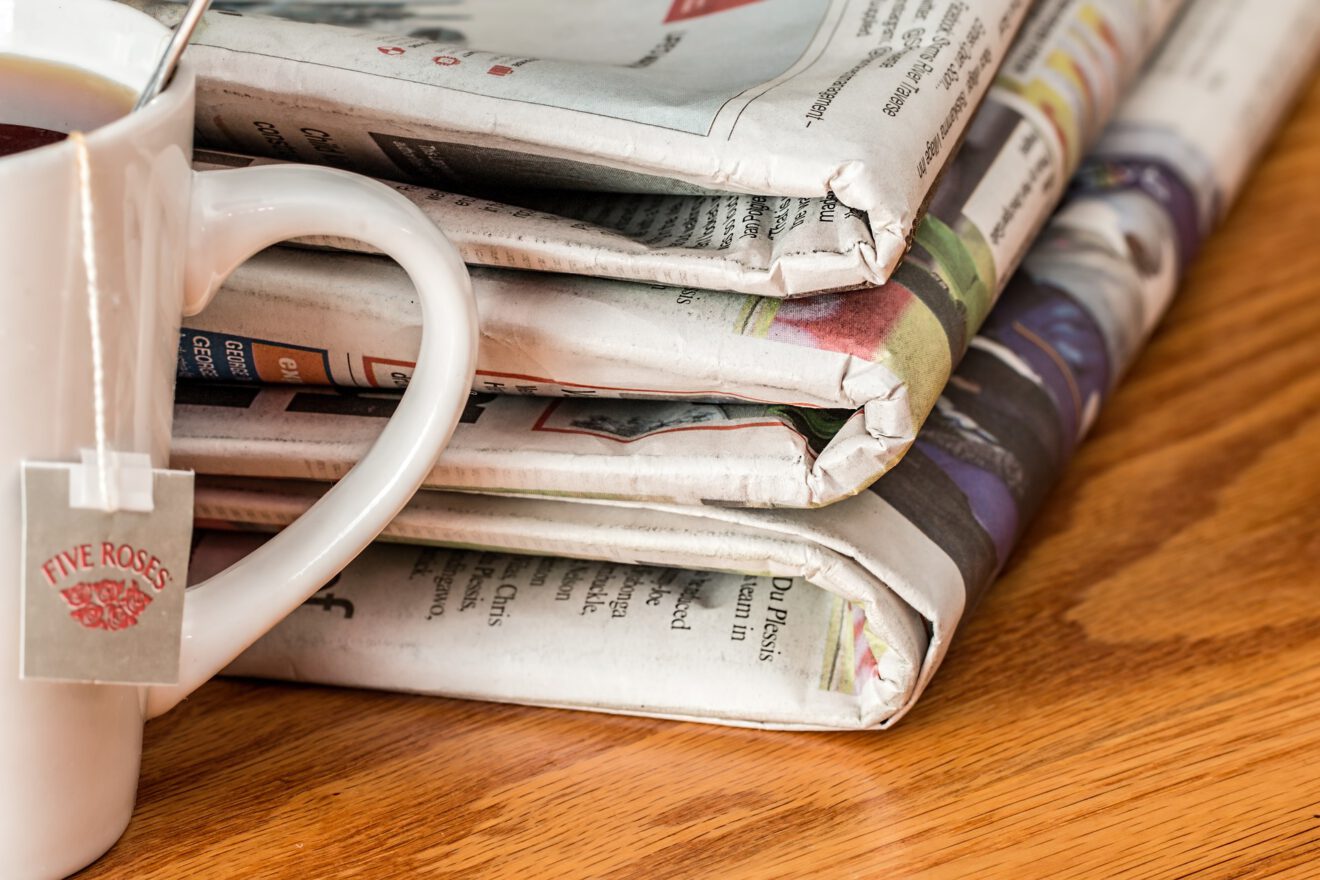In 2015, Business Insider published a roundup of the daily media C-suite habits of successful people. Billionaire investor Warren Buffett, it said, reads a bevy of print newspapers in the morning, including The Wall Street Journal, Financial Times, The New York Times, USA Today, the Omaha World-Herald and American Banker. Former Starbucks CEO Howard Schultz has kept the same morning routine for 25 years — reading The Seattle Times, The Wall Street Journal and The New York Times. BuzzFeed CEO Jonah Peretti actually carries with him print editions of the Times, devouring the sports and business sections during his morning commute.
Why are we so fascinated by the media usage and time spent of high level executives? Because no other role requires the same amount of discipline and efficiency for how one manages their day. C-suite executives have a limited time with which to consume information that is vital for their jobs and knowing how they use that time can provide valuable insights.
That is why SmartBrief interviewed four C-suite executives about their day to day media-consumption habits. The report, “The Media Consumption Habits of the C-suite,” can be found here.
They establish a daily routine
The best way to maximize efficiency is through repetition. The executives set a daily routine and stick to it.
Jeff Litvack, CEO of AdWeek, divides his reading between general news (15 to 30 minutes) and industry developments (15 minutes on publishing, another 15 to 30 on advertising). “One of my habits is that I’ll click on a story and if I’m busy, I’ll bookmark and read it later sometimes on weekends,” he says. “I like to [use] OneTab as a way to file stories away for future reading.”
They are morning people
Once 9 a.m. rolls around, a CEO is swarmed with meetings and myriad requests from subordinates. That is why the early morning hours are crucial for interruption-free reading.
“[I read] first thing in the morning, usually on my phone or at my desk,” says Lisa Walsh, CEO of Truco Enterprises. She’ll also use her downtime at night to catch up on what’s happening in the world. “[I] will often watch national news on TV that I have recorded before going to bed.”
Relevance matters
An executive is met with hundreds of stories from which to choose once opening a newspaper or firing up any social media, so anything helps when choosing from various time consuming media. This is why concise, descriptive headlines are so important for articles.
“Subject line and article title matters a great deal to me,” says Lisa Mann, founder and CEO of Think Marketing. When she’s scanning her email feeds, she’s looking for headlines in her areas of interest. “For instance, I’m interested in plant nutrition businesses. So [I] read all the articles about emerging technologies in this area and changes in consumer demand.”
Email newsletters are vital
The signal to noise ratio for social networks is less than optimal. Most C-suite executives opt for email newsletters, which are formatted simply and easy to scan for relevant information. “I actually get a lot out of newsletters,” says Adryanna Sutherland, COO at business advertising agency Gyro. “I get a few industry newsletters and I read 3 to 4 a day — even if I only have time to browse headlines, I get a lot of it.”
Read the entire report here.
Simon Owens is a freelance contributor for SmartBrief.
____________________________________
If you enjoyed this article, sign up for SmartBrief on Workforce to get leadership news like this in your inbox, or check out all of SmartBrief’s business newsletters, covering leadership, human resources and talent development, small business, entrepreneurship and more.
